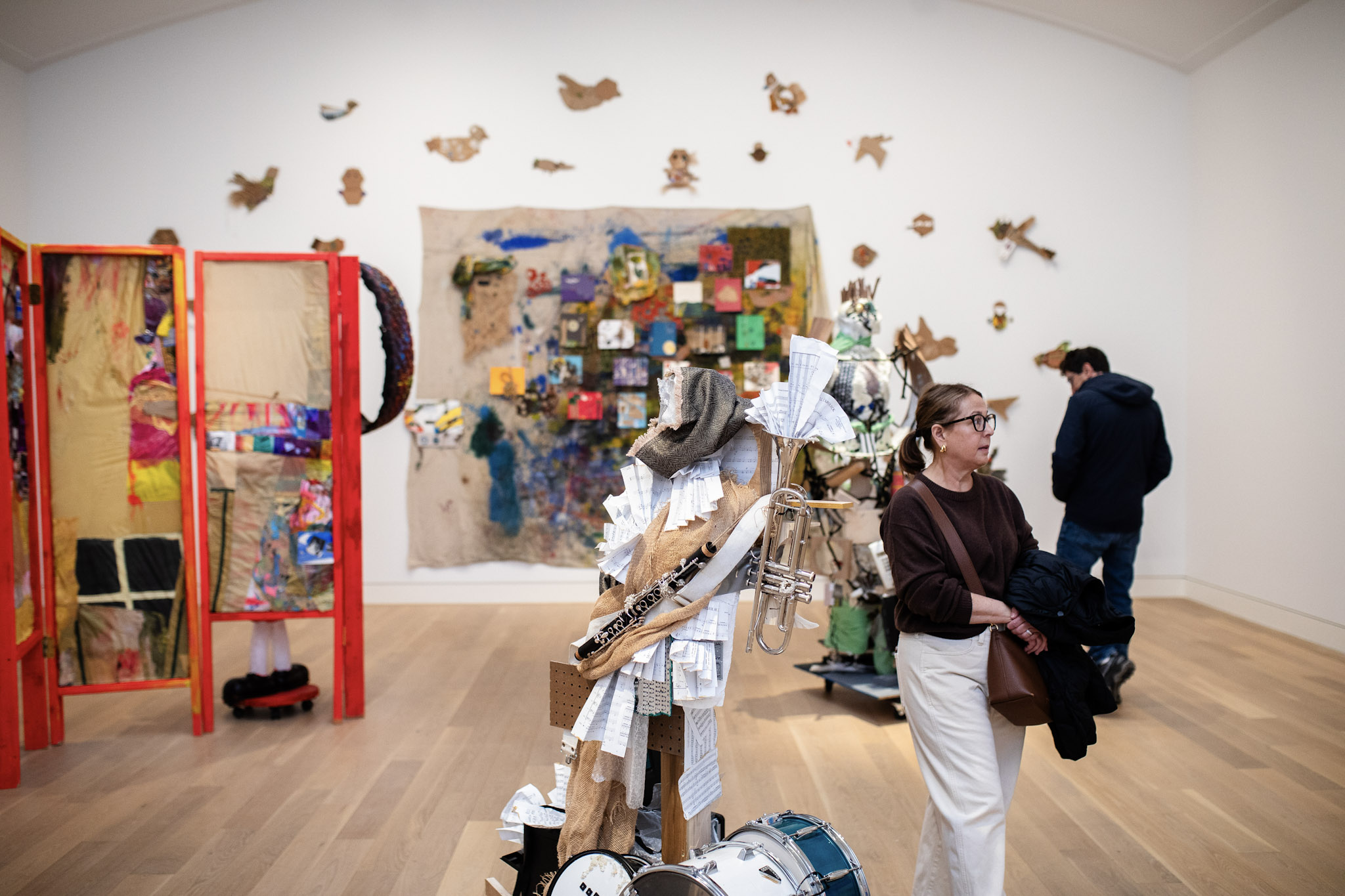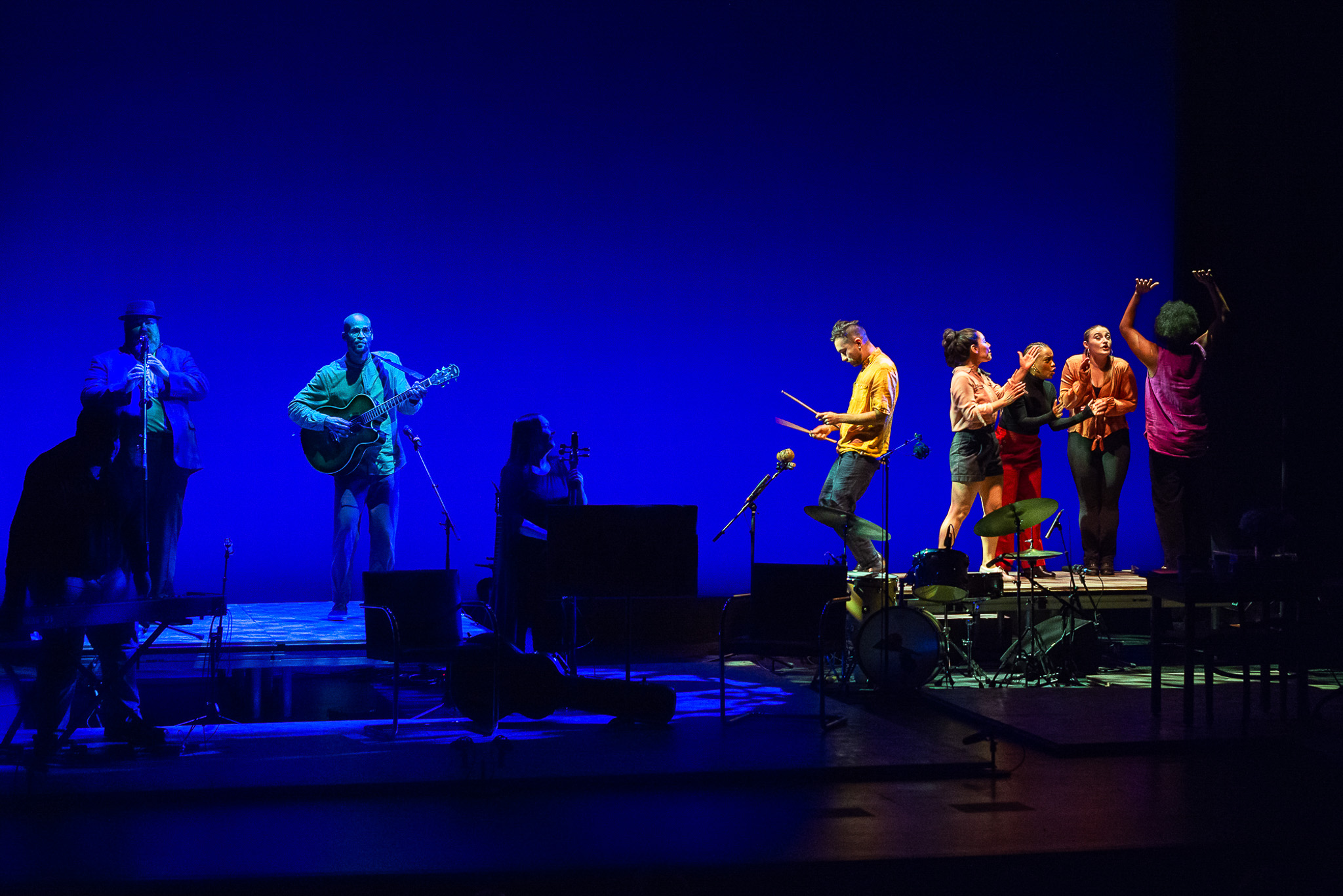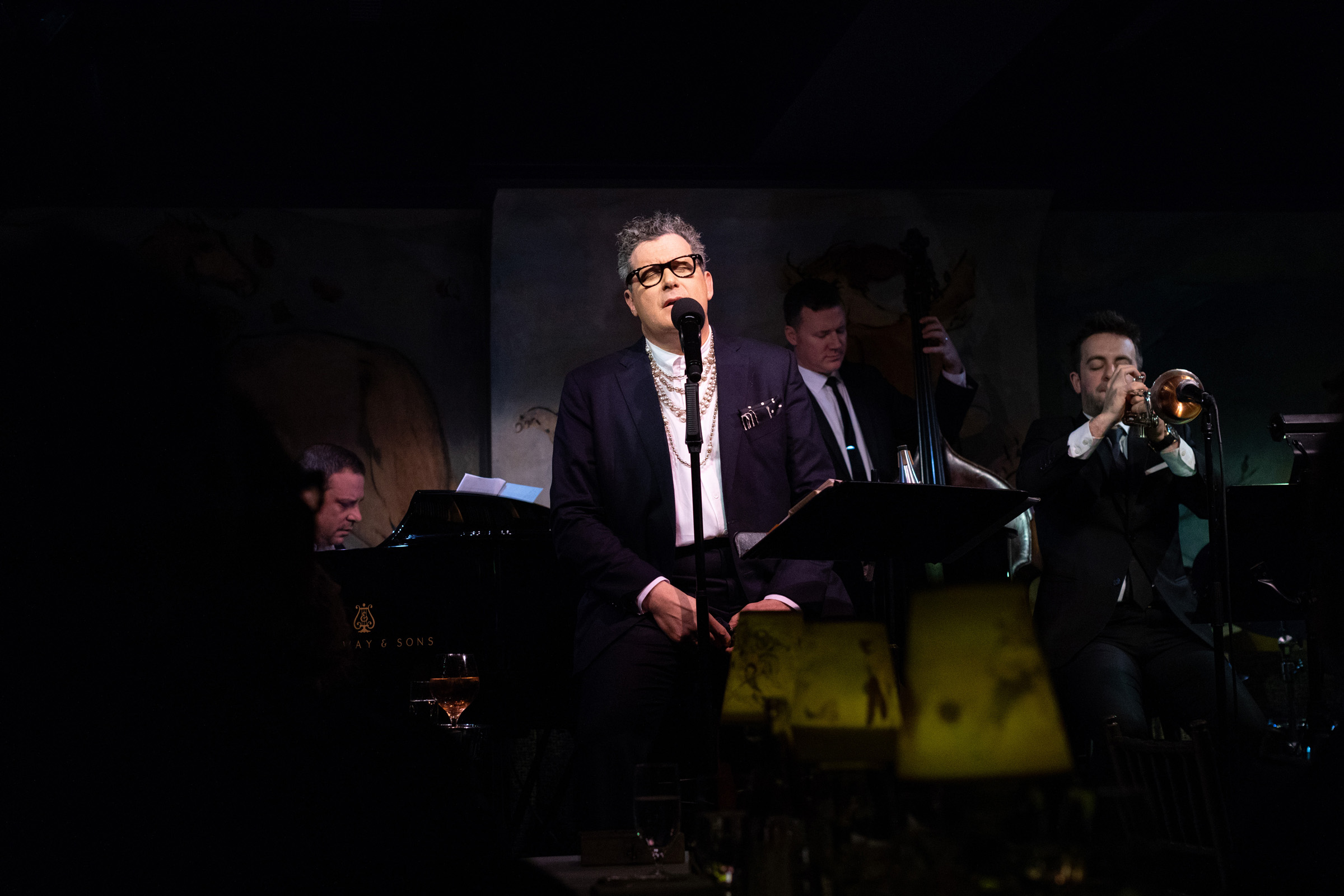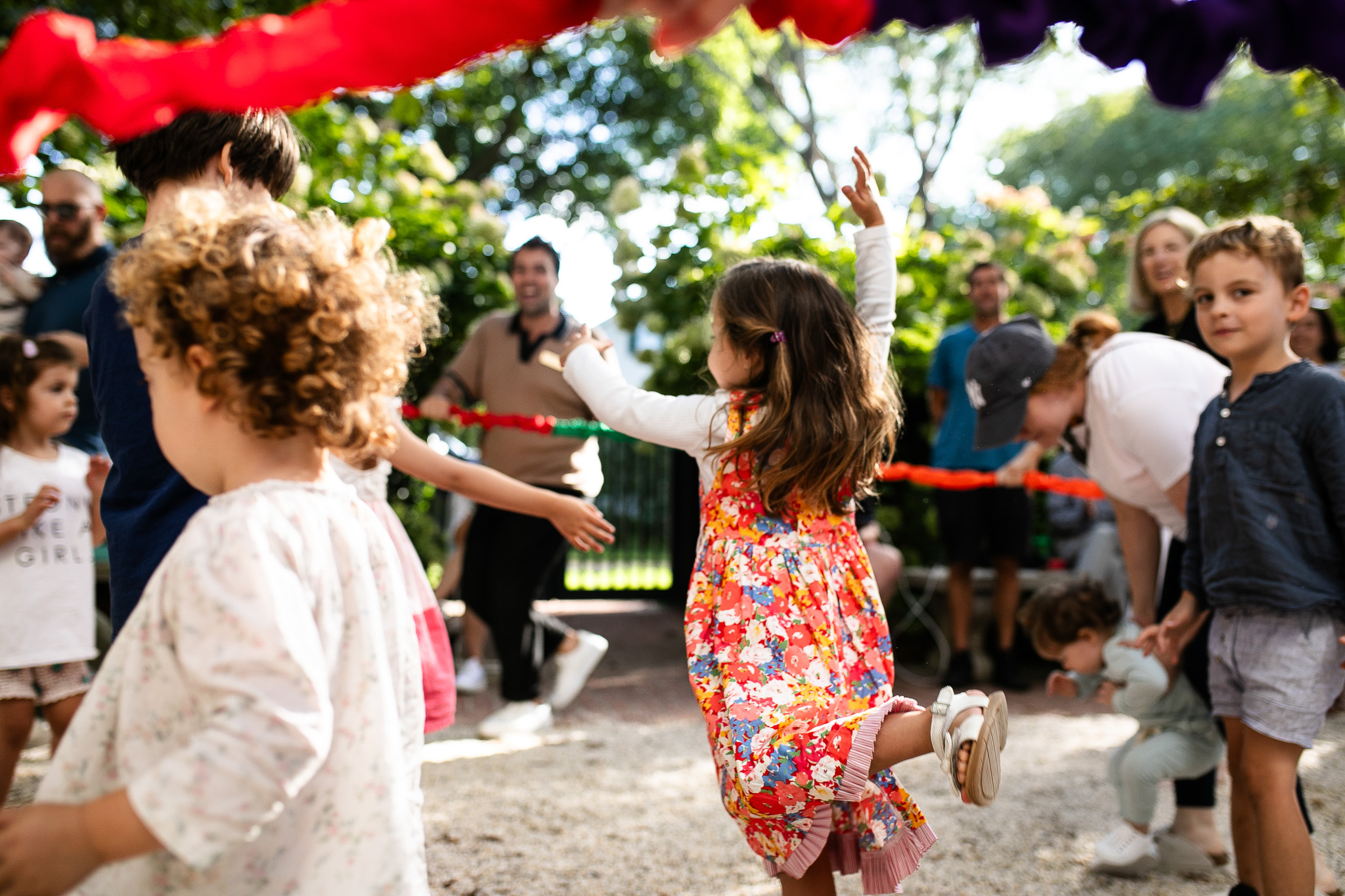Join us for an intimate evening of chamber music showcasing the artistry and individual voices of New York Philharmonic musicians. This thoughtfully curated program offers a journey through three unique sound worlds—each highlighting the expressive potential of the string trio. From the youthful lyricism of Schubert to the effervescent charm of Françaix and the structural brilliance of Dohnányi, this unmissable concert celebrates the conversational beauty and rich variety of the chamber music tradition.
Musicians from the New York Philharmonic
Quan Ge, violin
Cong Wu, viola
Ru-Pei Yeh, cello
PROGRAM
Franz Schubert
String Trio in B-flat Major, D. 471 (1816)
Written when Schubert was nineteen, the String Trio in B-flat Major, D. 471 offers a glimpse into the composer’s evolving chamber music style. Originally intended to be a multi-movement work, only the first movement and an unfinished Andante survive. The single completed movement truly represents the bridge of Schubert’s growing compositional voice, both foreshadowing longer lines and greater lyricism while nodding to his predecessors and classical ancestry.
The movement unfolds with singing grace, opening with a warm melody in the violin that exemplifies Schubert’s gift for unforgettable themes. Throughout, he demonstrates remarkable facility in handling the trio texture, with each instrument given moments to shine. The writing balances classical proportion with touches of harmonic adventure that hint at Schubert’s more exploratory later works. Despite its smaller scale, D. 471 embraces the intimate expressivity and melodic richness that would become hallmarks of Schubert’s chamber masterpieces later on, inviting listeners into a world of sunlit, conversational music-making.
Jean Françaix
String Trio (1933)
Jean Françaix’s String Trio cleverly blends the composer’s neoclassical structure with irresistible wit. Composed in 1933 when Françaix was just 21, this sparkling work demonstrates the craftsmanship and charm that would define his career. The work balances technical brilliance with an effortless grace, featuring crystalline textures that shines a light on each musician’s virtuosity.
A student of Nadia Boulanger, Françaix embraced clarity and precision while maintaining a distinctly French sensibility. His musical language—rooted in tradition yet infused with playful irreverence—creates a work that is sophisticated without being severe. The String Trio’s dancing rhythms, unexpected harmonic shifts, and vivacious dialogue between violin, viola, and cello perfectly capture Françaix’s desire to make his music enjoyable, wanting the listener to arrive at that joy on their own, or in his words: “They should remember they are free human beings, not obedient automata. I want them to crush snobbery, fashion, and envy with the power of common sense and to enjoy my music if it gives them pleasure, which of course I hope it does.”
INTERMISSION
Ernst von Dohnányi
Serenade for String Trio in C Major, Op. 10 (1902)
Dohnányi’s Serenade for String Trio stands as one of the composer’s most beloved chamber works, elegantly bridging late Romanticism with twentieth-century sensibilities. Composed in 1902, this work showcases Dohnányi’s gift for writing music of both substance and charm, balancing both sophistication with broader appeal.
Almost serving as an ode to “forms”, the five-movement work demonstrates Dohnanyi’s ability to produce imaginative ideas within various constructs. The work opens with a spirited march that returns as a finale with a sorrowful Romanza, a virtuosic Scherzo featuring folk-like elements, and a theme and variations, displaying Dohnányi’s masterful contrapuntal skill. Throughout, the composer produces full textures from just three instruments, exploiting their distinctive colors while maintaining perfect balance.
The Serenade brilliantly demonstrates why Dohnányi was considered a leading figure in early twentieth-century Hungarian music, alongside his contemporaries Bartók and Kodály.












